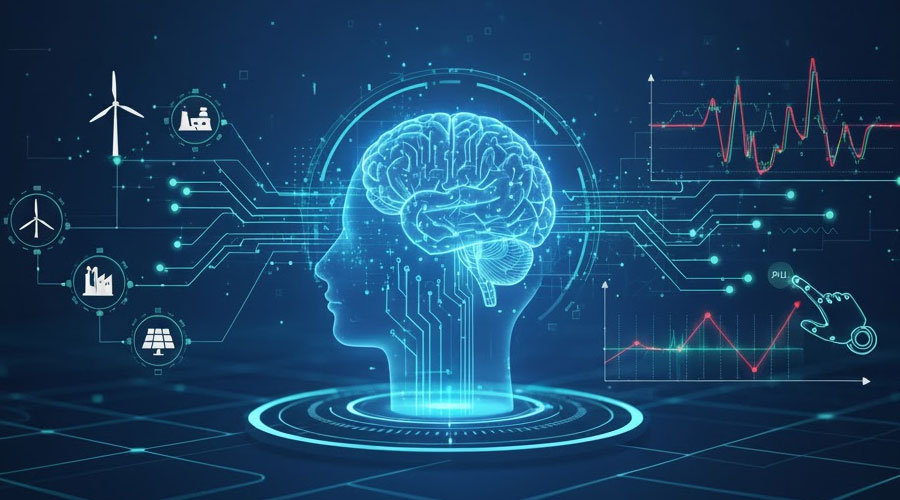AI in Energy: Hype or Help?
Let’s be honest — the term Artificial Intelligence gets thrown around a lot in the energy sector. These days, if your company isn’t offering AI-powered services, people assume you’re behind the curve. At Watts-ON Consultants, we’ve embraced the trend — but we also believe in being clear about what AI actually means.
In our world, AI isn’t some magical brain that solves everything. It’s a set of smart algorithms that mimic human logic to detect issues in building systems — like faulty settings, drifting controls, or equipment that’s not behaving as it should. And that’s where Fault Detection and Diagnostics (FDD) comes in.
Our Journey: From Monitoring to Smart Diagnostics
When we started Watts-ON, our goal was simple: make energy monitoring accessible and effective. One of our first clients — a director at GSK — couldn’t find a company that could deliver a reliable, affordable energy monitoring system. That challenge became our launchpad.
Most businesses don’t have the budget for full-blown energy management systems. And let’s face it — energy consumption isn’t always top of mind. So we focused on lean, smart solutions. Sub-metering is useful, but it doesn’t tell you why energy is being used. Spotting anomalies is one thing; solving them is another.
Over time, our platform evolved into a system powered by IoT devices and FDD technology. It uses existing sensors and meters to detect faults in electrical and mechanical infrastructure — especially in buildings with complex systems like air handling units (AHUs), centralized heating and cooling, and BMS/SCADA controls.
What FDD Actually Finds
FDD systems are like digital detectives. They can spot:
- Stuck valves
- Inefficient temperature settings
- Simultaneous heating and cooling (yes, that happens!)
- Scheduling errors
- Missing control functions like weather-based temperature compensation
Why Humans Can’t Do It Alone
Let’s talk reality. No one in a company can monitor building systems 24/7. Staff are stretched thin, and energy management is often just one of many responsibilities. Even if someone could monitor everything, interpreting the data from BMS/SCADA systems requires serious expertise.
FDD software steps in to fill that gap. It runs continuously, flags issues in real time, and even catches problems that human audits miss — like inefficiencies that happen outside working hours. It’s like having a tireless energy manager who never sleeps.
Keeping Control Consistent
In places like the UK, where staff turnover is high, FDD helps maintain consistency. When people leave, knowledge often walks out the door with them. But with FDD systems managed by dedicated consultants, that operational know-how stays intact — reducing errors and keeping energy use in check.
The Money Side of Things
Energy costs vary by industry. In manufacturing, they might be just 5% of production costs. In hotels, they can hit 10% of operating expenses. So yes — saving energy saves money. But traditional methods often require expensive upgrades.
FDD is different. It works with what you’ve already got. Integration costs are low (under €10K), and the savings come from smart tweaks — adjusting setpoints, refining schedules, and making sure control logic is actually doing its job. In our experience, these small changes can lead to energy savings of up to 30%.
Real-World Fixes
Here’s what FDD typically uncovers:
- Valves that don’t open or close properly
- Heating and cooling systems working against each other
- Temperature controls out of sync with machine schedules
- Inefficient supply and return temperatures
Looking Ahead: FDD and Decarbonization
Beyond the savings, FDD plays a key role in decarbonization. By continuously analysing energy loads and reducing waste, it helps size alternative technologies correctly and use them efficiently. That’s a big deal — but it’s a topic for another blog post.
FDD is a smart, cost-effective way to boost energy efficiency using AI — not hype, but real results. And it’s already changing the game for buildings and businesses that want to do more with less.

